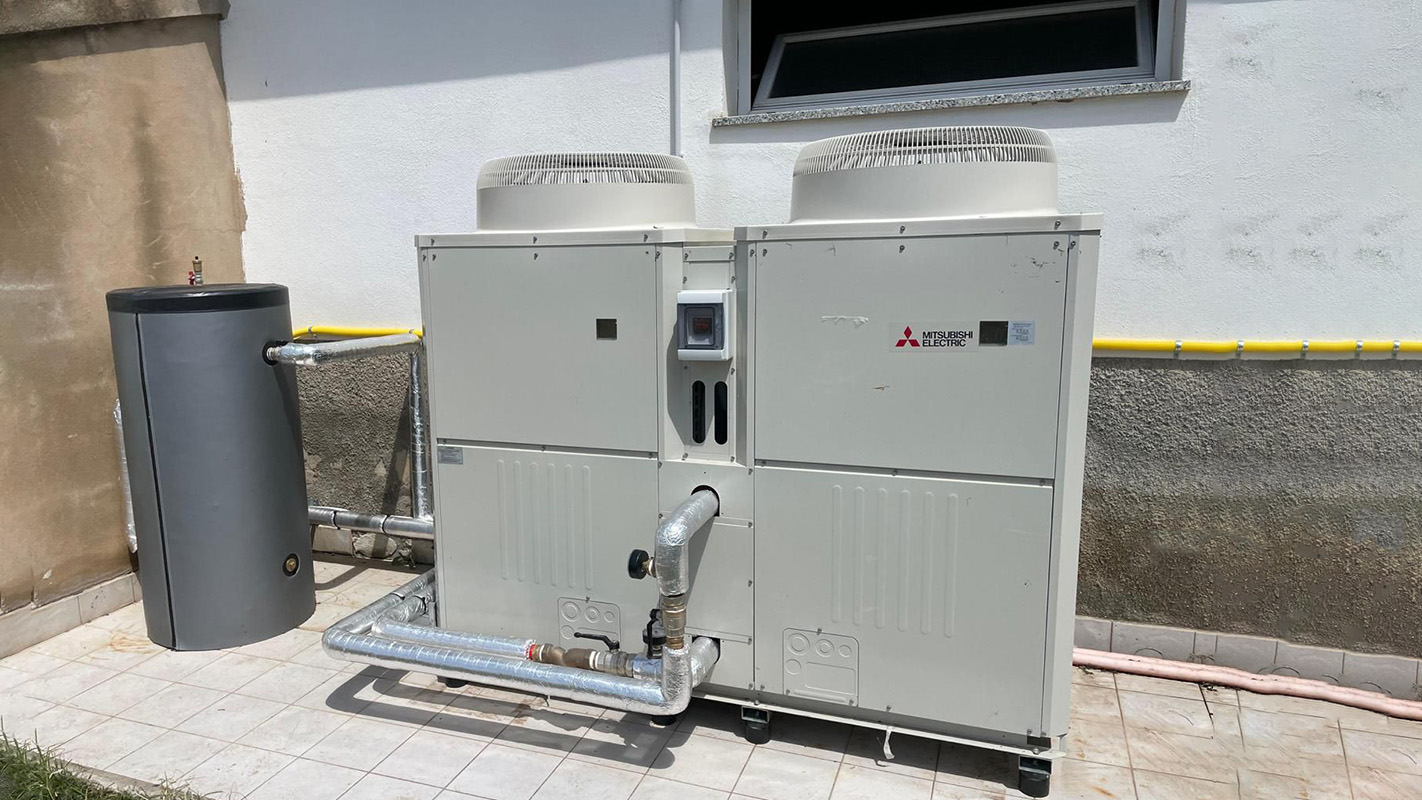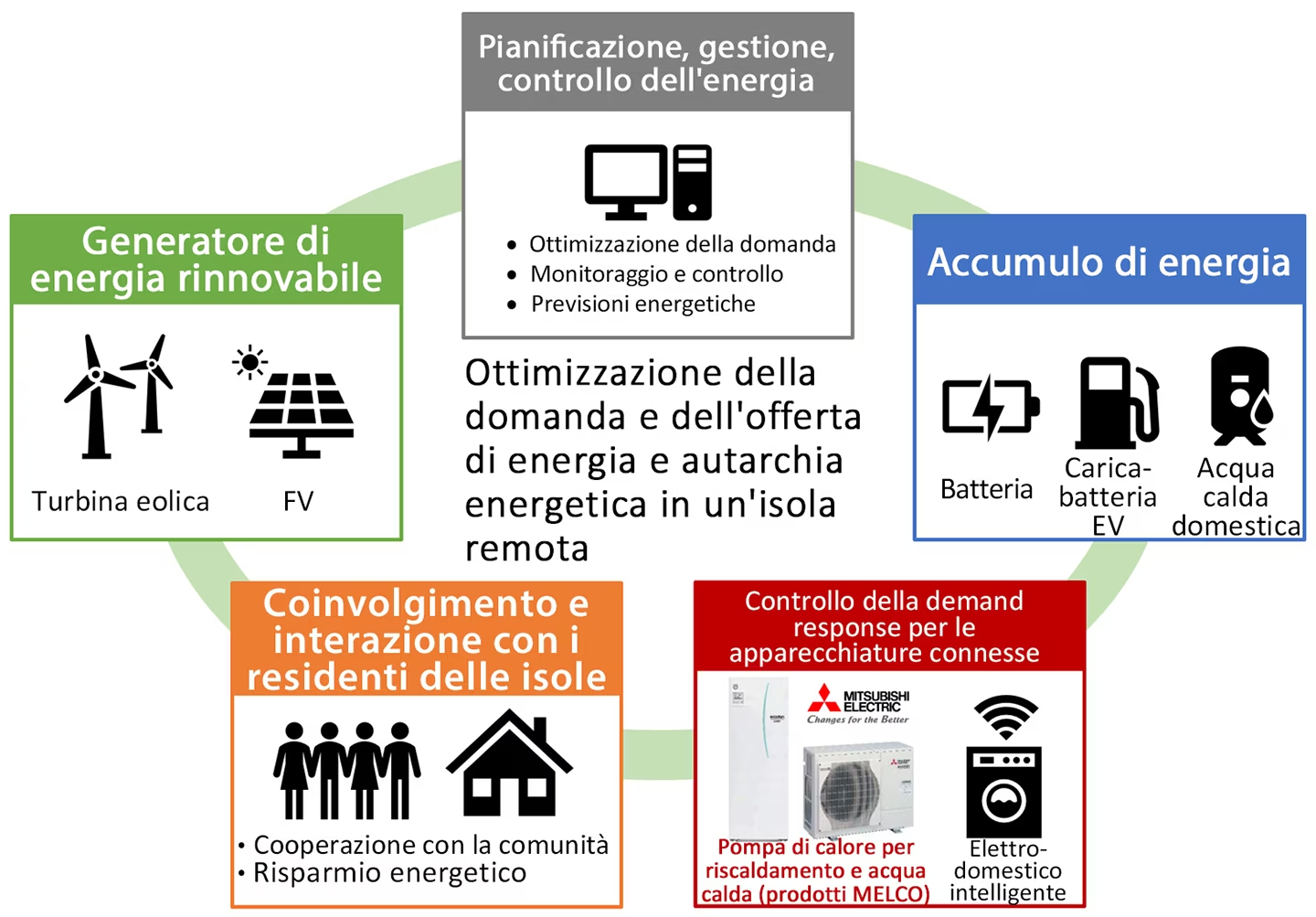A demonstration experiment conducted in Ireland to evaluate the effectiveness of heat pump control
As part of the project named REACT, Mitsubishi Electric intends to make the most of renewable energy to achieve a higher level of energy independence
The initiative aims to achieve 10% energy savings, a 60% reduction in greenhouse gases, and a 50% increase in renewable energy use

Mitsubishi Electric R&D Centre Europe B.V. launched a demonstration experiment in the Irish Aran Islands on May 25 to evaluate the effectiveness of heat pump control* for demand response service** as part of the REACT project to test the energy autonomy of remote islands.
The project, co-funded by the European Union's Horizon 2020 program, will use heat pump systems installed in the Aran Islands, Ireland, and San Pietro Island, Italy.
The initiative aims to demonstrate the validity of a community-centered approach to energy management for remote islands, using distributed renewable energy generation and storage technologies, with demand response mechanism to balance energy supply and demand.
The project aims to achieve 10% energy savings, a 60% reduction in greenhouse gases, and a 50% increase in renewable energy use, compared to a reference operating case before the REACT solution was applied.

Renewable energy sources, such as photovoltaic (PV) panels and wind turbines, are important technologies to address climate change, as they do not emit any CO2 when they produce electricity, which is therefore useful in helping remote islands face geographic and structural challenges due to their high dependence on fossil fuels and energy sources from the mainland. In order to secure a higher level of energy independence, the islands included in the REACT project, therefore, aim to make the most of renewable energy by achieving a higher level of power autonomy.
Mitsubishi Electric will thus contribute to the achievement of carbon neutrality by participating in the project and leveraging its results.
* Device that transfers heat between outdoor and indoor air to provide heating, cooling or hot water with high energy efficiency
**Mechanism for controlling electricity demand while adjusting the relationship between supply and demand by saving electricity and regulating the energy consumption of connected equipment in response to fluctuations in the amount of electricity supplied

